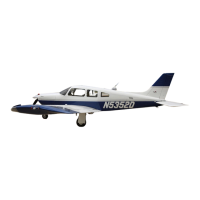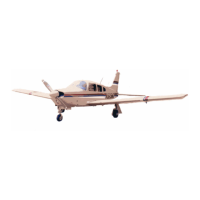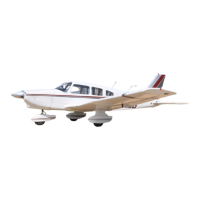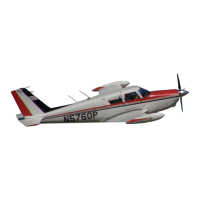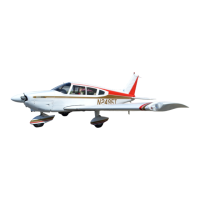INSTALLATION OF OUTLETS.
1. Apply teflon tape to male threads of the affected fitting. Refer to appropriate procedure in this chapter.
2. Connect the outlet to the low pressure line.
3. Position the trim panel and secure with screws.
4. Position and secure the outer half of the outlet with a suitable spanner wrench.
5. Torque the fittings onto the outlets to approximately 30 in. lbs. Do not overtorque.
REMOVAL AND INSTALLATION OF OXYGEN ON/OFF CONTROL. (Refer to Figure 35-1.)
1. As shown in Figure 35-1, the on/off control is mounted in the overhead vent panel. To remove the
control, drop the overhead panel and ducting, and remove the retaining nut from the rear of the control cable
fitting.
2. Make access to the bottle, if necessary, and disconnect the cable from the regulator- c o n t r o l
mechanism.
3. Cut the tie wraps securing the cable and pull cable from aircraft.
4. When installing a new cable, make sure new cable shield is cut to 84.0 inches long and that the core
has sufficient material to make a twin loop two inches from the end of the shield. Install as follows:
A. Rout cable through the hole in the overhead duct and as shown in Figure 35-1. Tie wrap the cable as
before.
B. Make sure the cable properly reaches the valve and reinstall vent and panels. Reconnect cable to
control mechanism.
REFILLING OXYGEN SYSTEM.
—CAUTION—
Before servicing the oxygen system make sure the aircraft is
securely grounded electrically.
Do not attempt to tighten any connections while the system is
charged.
Do not operate one electrical equipment while servicing oxygen
system.
Refilling of oxygen systems should be done by qualified personnel. For comparison of filling pressures to
ambient temperatures refer to Chart 3503. The following are parameters to be followed for filling.
1. Only aviators breathing oxygen (MIL-O-27210) and appropriate filling equipment should be used to
fill the system.
35-10-16
Page 35-15
Added: November 6, 1979
2H13
PIPER AIRCRAFT
PA-28RT-201 / 201T
MAINTENANCE MANUAL
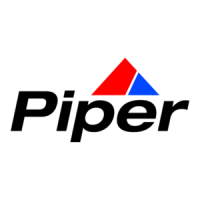
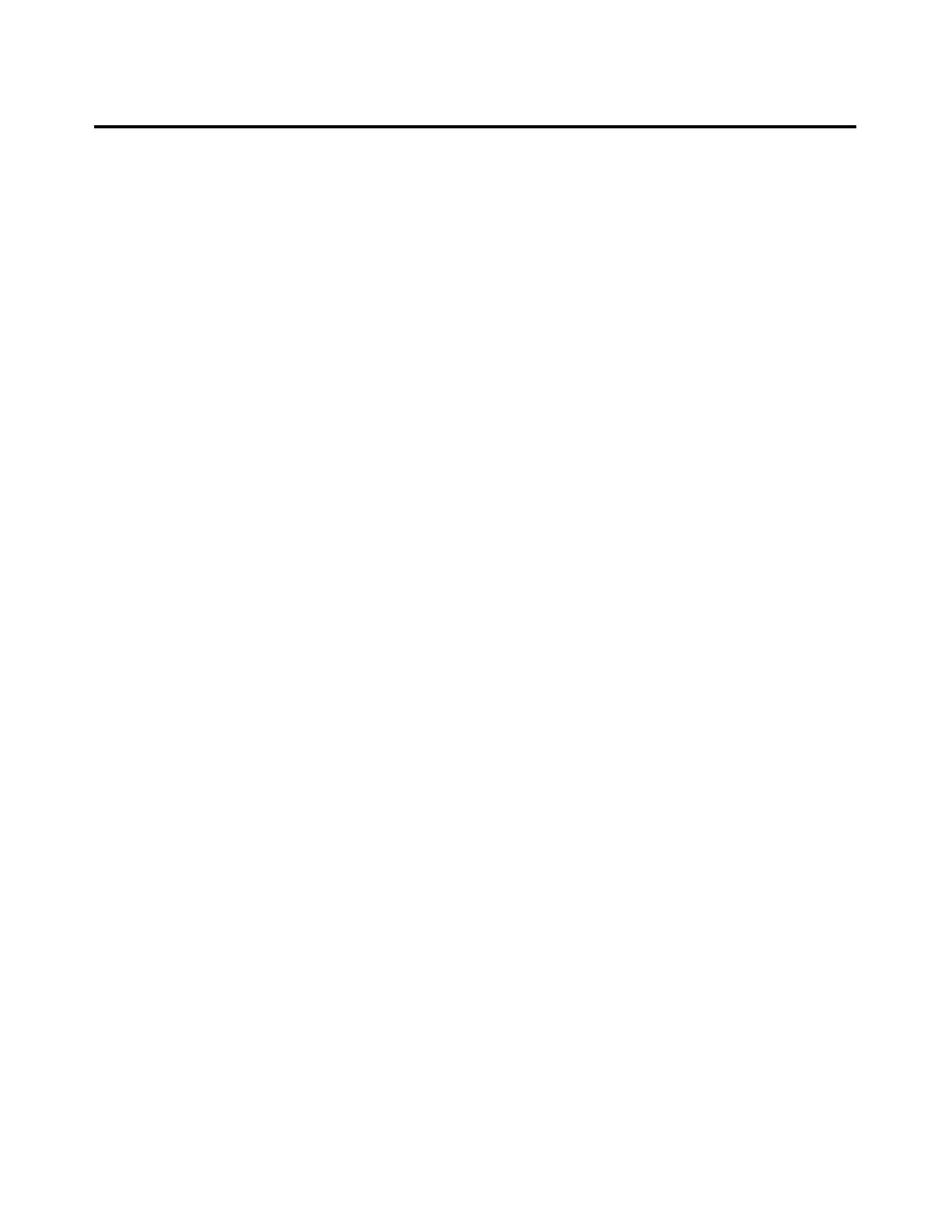